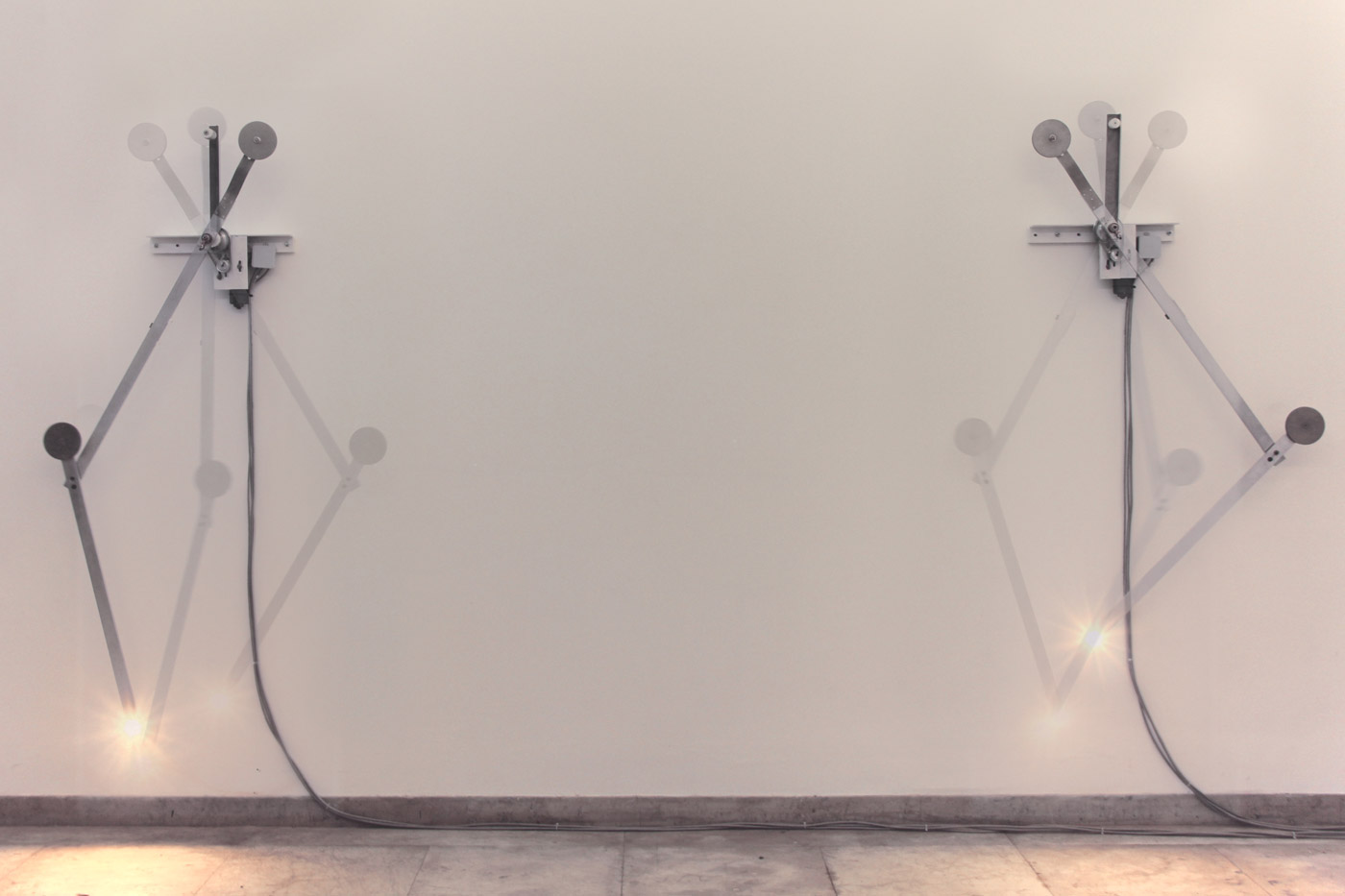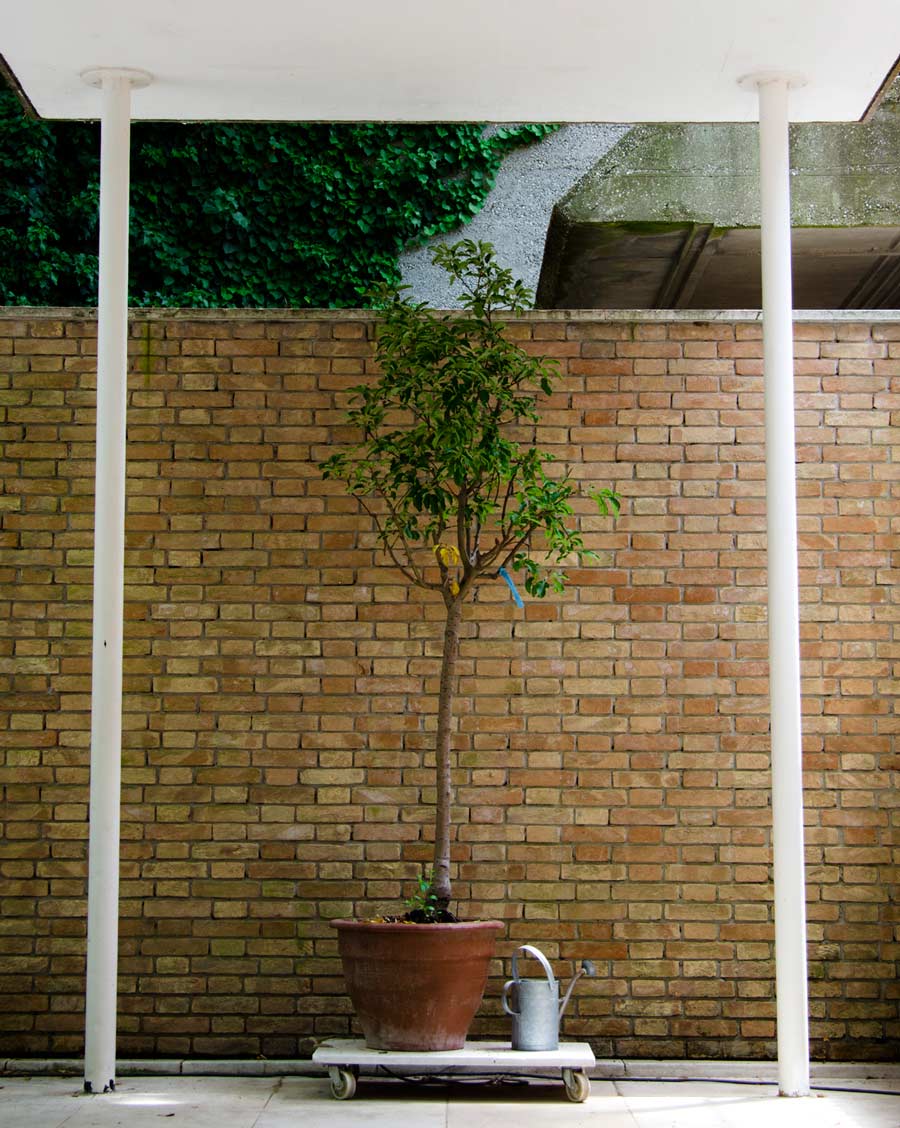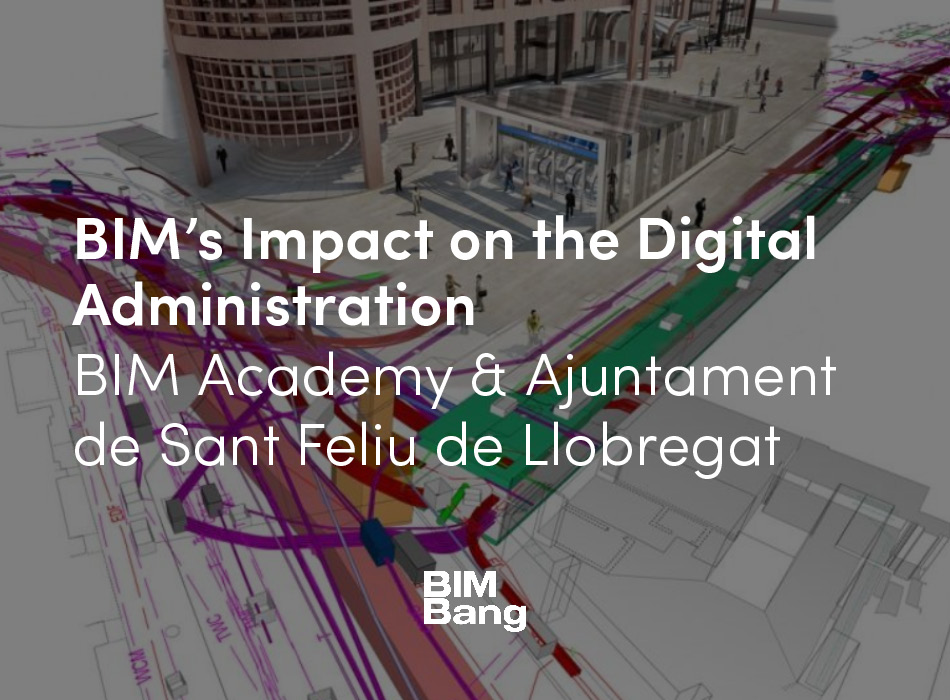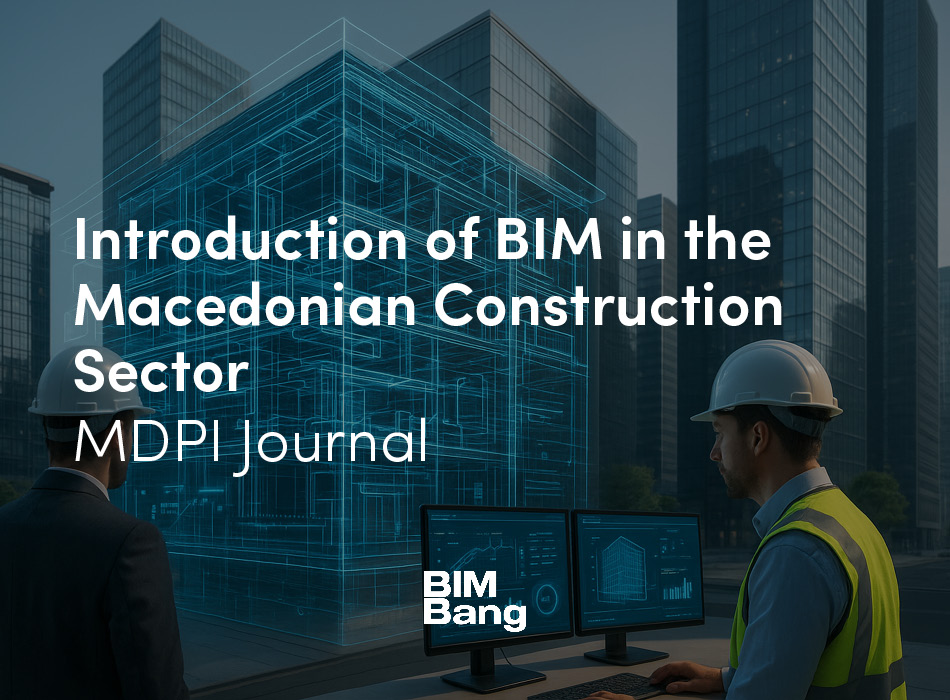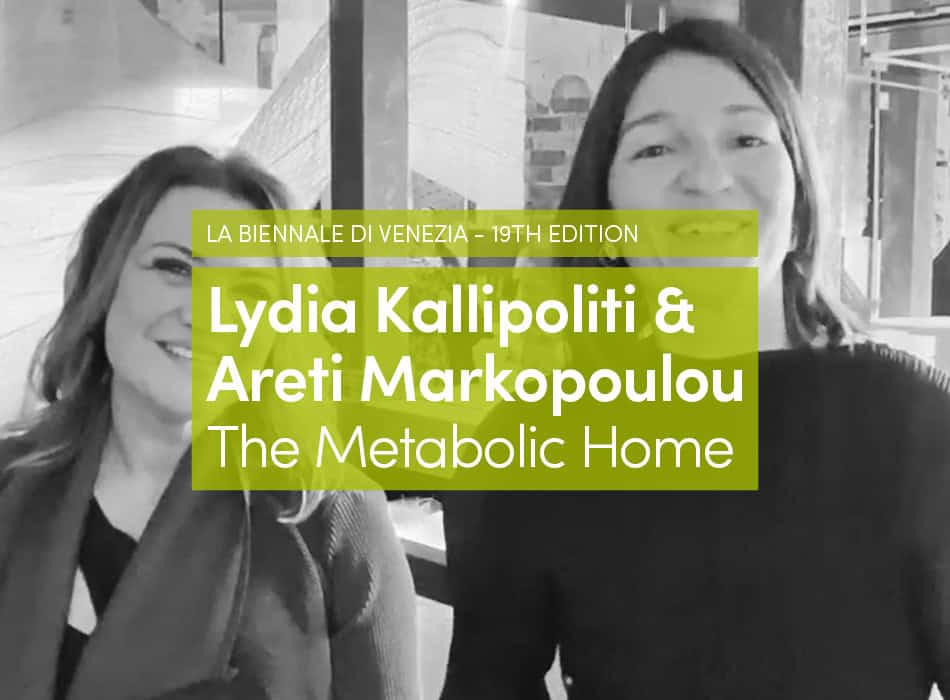My interest in architecture, from the perspective of my role as a curator of art, stems from the fact that architecture is the pre-eminent site for the production of reality, as it is uniquely oriented the toward the future, but precisely as a continual negotiation, or as a continually articulated struggle between the present, the past and the future. This is what I look for, also, in the art that interests me the most; namely, the recognition, following Duchamp, that art is ultimately a game in which the only constant is change itself. Implicit in Duchamp is a vision of history under perennial negotiation; historical truth as forever in situ.
My interest in architecture stems especially from the work of English architect Cedric Price, who, beginning in the 1960s, advanced an evolutional model of building premised upon flexibility, change and renewal. Although many of his concepts never materialised outside the studio, Price is receiving a renaissance in architecture today and I am particularly indebted to his progressive thinking. Price’s vision was to do with the unpredictability of architecture, of its forms and uses, and I am especially interested in pushing at the edges of what is expected of the exhibition-form; and in conceiving unusual sites, formats and temporalities for exhibitions.
Price’s unrealised Fun Palace, 1964, adjusted to its users’ ever-changing needs: ‘It will probably look like nothing on earth from the outside,’ it was said. ‘The kit of service towers, lifting gantries and building components exists solely to produce the kind of interior environments that are fitting and necessary to whatever is going on.’ The Potteries Thinkbelt, 1966, proposed the construction of a school in England’s North Staffordshire region across a series of railway tracks: the university was rearticulated as a set of interchangeable mobile units which could be attached and detached as necessary. My own practice draws considerably upon Cedric Price’s future of dynamism and his disregard for permanence – his structures often had shelf-lives and once their utility expired, he urged their destruction.
Both art and architecture today must be adequate to the most pressing needs of our time, and in particular to the demands of ecology: both sustainability and adaptability; preservation and impermanence. This is why I have tried, wherever possible, to avoid the top-down blockbuster model of curating, and have been more interested in exploring other means to produce reality through exhibitions, delegating decisions and possibilities to artists. Since its inception in 1993, for example, Do It has traveled to over 40 international venues and offers a model of art and exhibition making as the following-through of a variable set of instructions. Perhaps the pre-eminent challenge encompassing this project concerned how to perpetuate a show that no big museum wanted to touch: because it wasn’t the ‘real’ thing – because it was about instructions and interpretations, not concrete ‘works’ – it never hit the primary institutional radar. By consequence, Do It was a huge risk and it perpetuated only through an amazing grassroots mechanism that ricocheted across Europe, Asia, the Americas and so on. From an economic perspective, the manner in which Do It produced its own circuit, a self-sustaining distribution model, is exemplary and I consider this to be among my proudest achievements.
So we come to Metabolism, which, for me, is one of the most fascinating developments in postwar architecture, since it explores all of these important aspects of adaptability, change and renewal that I see as being especially important in the art context. To some degree, the moment of Metabolist architecture in Japan is inseparable from the tremendous forces of change and renewal affecting that country during the postwar period – the Japanese economic miracle that propelled the country into the premier league of developed nations and only began to stall in the 1990s. This emergence into the ‘big league’ required a distinctively Japanese Modernism, and this is the great achievement of the Metabolists in my view. As one of the movement’s founders, Takashi Asada, clearly stated in regard to the relation between Metabolism and Japan’s phenomenal economic dynamism after the war:
‘… Those who signed their names on my copy of Metabolism 1960, Ekuan and I as chairman are the eight members of the group … For six years I have encouraged them to realize their proposals in the book so as to examine their validity. In my view, the flexibility that inherently exists in our society and the rapid economic growth in recent years should allow for their proposals to be realized.’
With regard to Japan’s economic growth, there is a deep optimism inherent in much of the architecture, an optimism appropriately framed by the decade of the 1960s, marked by the signing of Metabolism 1960 and the important Expo 1970 in Osaka. This optimism is, perhaps, most obviously apparent in Kiyonori Kikutake’s Marine City proposal of 1958, which has all the formal revolutionary zeal of Corbusier, and envisions an entirely new mode of life appropriate to the modern age. But it is also there in some of the more modest examples of Metabolist work, which are, of course, the few key examples that have been realized and given to us for posterity. So, Kisho Kurokawa’s ever-controversial Nakagin Capsule Tower in Shimbashi, Tokyo, is a powerful homage to the dynamism of the Japanese capital city and economic powerhouse: a residential building comprising two interconnected concrete towers, intended as distinctively Japanese, but also somewhat Corbusian, ‘machines for living’ for the capital’s salarymen, featuring as standard all the amenities of modern life amid what Ernest Mandel once characterized as the ‘third industrial revolution’ of mass consumption and rising living standards in the advanced economies. But it combines this with that quintessential Western imaginary of contemporary Japanese living: the capsule, which are here able to be reconfigured and combined in different ways according to individual need. Kurokawa’s Capsule Tower is thereby simultaneously expressive of widespread societal change then afoot, as well as the need for individual maneuverability within this larger systemic whole.
Expo 70 was billed as a celebration of ‘Progress and Harmony for Mankind’, and is perhaps the summation of the optimistic Japanese orientation toward the future – a unique historical moment that has many lessons for us today. It stands in the Japanese collective memory as a testament to the country’s incredible rate of economic development and rapid recovery during the 1950s, 60s and 70s, and is today marked by the Expo Commemorative Park in Osaka. It is indeed fitting that this pivotal event was held in Osaka, which, especially during that period, was of course, the beating heart of Japanese industrialism. Expo 70 in fact marked a turning point, as the culminating point of the steadily accelerating growth of the Japanese economy in the twenty-five years following the end of the war, and the 1970s, during which the country’s great fortune would only further accelerate amid the economic crises of the West that were prompted, not least, by the Oil Crisis of 1973.
Change and renewal, as the most important elements of what I understand by the ‘production of reality’, are directly indexed in Metabolist work. Impermanence is a key facet of Kisho Kurokawa’s practice, for instance, and it may not be too much of a stretch to suggest that the idea of unceasing change is deeply rooted in Japanese culture. It goes back to the most profound teachings of the Buddha, who argued that attachment to the idea of a permanent self, a permanent ego, in this world of change is the cause of suffering and the main obstacle to liberation. Liberation for Buddha, and for Buddhism generally, means to accept the implacability of change.
The enormous changes that Japan as a nation had to face in the immediate aftermath of the war were, I think, fundamental to the visions of renewal and change that we find in Metabolism. Kurokawa, in particular, noted that, apart from Kyoto and Kanazawa, the majority of Japanese cities of any size were decimated during World War II. Whereas, in the West, when a city like London or Dresden was destroyed, there was brick and stone and rubble remaining as evidence of what had been, and out of which new ideas could grow. But Japan’s cities, on the other hand, appeared as blank slates after the dust had settled. Kurokawa noted that Japan’s cities were predominantly built of wood and other natural, perishable materials, and so when they were bombed, they simply turned to cinder.
The destruction of both Edo (now Tokyo) and Kyoto during several battles of the Warring States period in the 15th and 16th centuries also made deep impression on Kurokawa, while into this mix of influences on Metabolist notions of change and adaptability can be added the obvious fact that Japan’s cities are virtually annually struck by natural disasters of various kinds: earthquakes, typhoons, floods and volcanic eruptions. This ongoing destruction and reconstruction of buildings in Japan has meant that the Japanese population have, as Kurokawa put it, “an uncertainty about existence, a lack of faith in the visible, a suspicion of the eternal.”
What is also detectable in Metabolist work is a strong emphasis, stemming from traditional Japanese architecture, on the notion that buildings and cities should be true to their environs. In traditional Japanese buildings there is the idea that architecture should be as natural as possible and should be in harmony with the rest of nature, since it is, after all, only temporarily there. This ethos spurred the entire Japanese tradition of making buildings and cities as temporary structures, with the ideas of temporaneity and autochthony in-built. Autochthony, in particular, I think can be seen in Kurokawa’s design for the Nagoya City Art Museum, completed in 1987, for the way that the entrance, especially, seems to expose the formal structure of the building and seems also to ‘bleed’ into the area surrounding the building itself.
This idea of impermanence was reflected in Kurokawa’s work as part of the Metabolism Movement, and his buildings were built to be removable, interchangeable and adaptable, both in time and space.
All of these ideas mean that Metabolism infused a particularly Japanese Modernism with some of the key ideas of postmodernism in architecture; especially, truth to surroundings, rather than the implantation of a transposable and monolithic International Style. But there was also a profound sense of experimentation and search for the new, rather than simply the recombination and resurrection of the old, that marks Metabolism out as very much part of the canon of architectural Modernism, however much it may be a kind of proto-postmodernism. Experimentation was inherent in the ways in which the Metabolists worked and collaborated, which echoed the constant reshuffling and disciplinary revolutionizing that is characteristic of, for instance, the Bauhaus under Gropius. As Asada described it:
‘Group Metabolism has no strict rules or agreements. It’s a free and intimate group of architects, designers and critics.’
One of the ways in which this was manifested was in the profound interdisciplinarity of Metabolism as it merged with other fields of knowledge. So, we have Tomatsu’s sociology, Kurokawa’s Institute of Social Engineering, Awazu’s graphic design, as well as an engagement with the broader spheres of science, technology and biology. Metabolism, it could be said, belongs to the last heroic wave of architectural movements, in a period before the hastening of disciplinary specialization that we find with trends such as the otherwise exemplary Deconstructivist movement of Liebeskind and Eisenmann.
Metabolism was anything but the manifestation of a recursive, architectural argument, but rather was profoundly open to the world, not least in its engagement with questions of environment and ecology. It therefore has many potential lessons for us today, as we search for ways in which design might lead us into the future.
On the one hand, the challenges of sustainability, and therefore of urban wellbeing, demand that cultural production today reclaims its old sense of ambition and scale; that it once again embraces the possibilities of total design. Bruno Latour has recently called for an expanded role for design that extends ‘from the details of daily objects to cities, landscapes, nations, cultures, bodies, genes, and … to nature itself’, welcoming this as a novel ‘political ecology’ that might ‘ease modernism out of its historical dead end’.
This is not to say that we should resurrect anything like the monolithic aesthetic schemes of modernism itself, but rather that we should borrow from their ambition in order to form our own dynamic, shifting and alterable institutions and spaces of the future. Latour states that: ‘the little word “design” could offer a very important touch stone for detecting where we are heading and how well modernism (and also postmodernism) has been faring.’
But one way of avoiding what is a potential pitfall of grand visions for the redesign and rebuilding of urban environments is to embrace possibilities for future change as an inherent facet of architectural and planning projects, in other words, to embrace impermanence and adaptability. It may not be too much of a stretch to imagine Metabolism as an object lesson in the way in which architecture might straddle these dual demands of the revisioning of the urban context and urban society, while at the same time accommodating uncertainty, becoming and the changeable.





